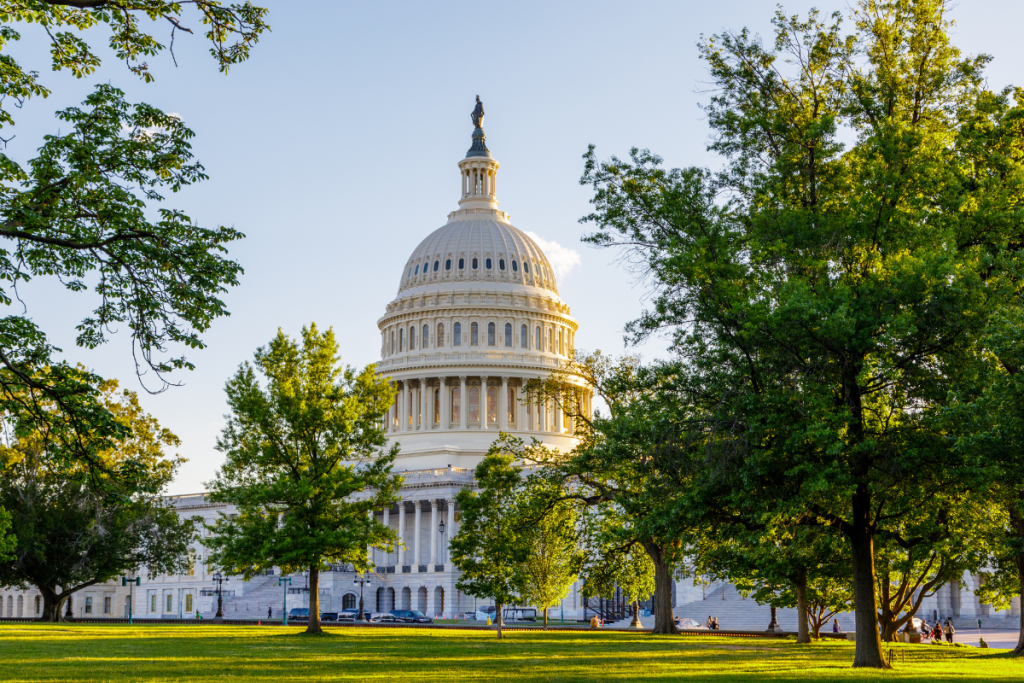In a move that escalates trade tensions with BRICS nations, President Donald Trump has announced a 50% tariff on Brazilian imports and ordered a Section 301 investigation into the country’s digital trade practices. The move coincides with new threats of steep sector-specific tariffs on copper and pharmaceutical products.
U.S. Targets Brazil Over Digital Trade Barriers
President Trump announced on July 9 that he will direct the Office of the U.S. Trade Representative to launch a Section 301 investigation into Brazil, citing alleged digital trade barriers that restrict U.S.-based social media platforms. The announcement, posted to his Truth Social account, accompanies a newly declared 50% tariff on all imports from Brazil, effective August 1. While previous letters to trading partners such as Japan and South Korea have cited general trade grievances, the Brazil letter marks the first to tie tariffs to a specific non-tariff barrier.
The digital trade investigation signals broader ambitions for U.S. trade enforcement. Section 301 actions have historically been used to address intellectual property theft and unfair digital practices, particularly against China. Now, Brazil’s rising influence in the BRICS bloc and tightening tech regulations make it a focal point in Washington’s evolving trade calculus. Brazil’s exclusion from the original April tariff list also underscores how political alignment and regulatory posture are becoming as important as economic imbalance in triggering U.S. trade action.
Tariffs Expand Beyond Borders to Strategic Sectors
While the Brazil announcement drew headlines, Trump also previewed new tariffs targeting copper and pharmaceutical imports during a cabinet meeting on July 8. He indicated copper could face a 50% duty and pharmaceuticals a “very, very high rate, like 200%,” though he promised drug importers a one-year transition period. Both categories are currently under active Section 232 investigations launched earlier this year, similar to prior probes that preceded the now-established 50% tariffs on aluminum and steel.
These looming sector-specific actions add another layer to the tariff campaign, signaling a parallel shift from country-based retaliation to reshaping strategic supply chains. Imports of cars, semiconductors, and critical minerals are already facing elevated scrutiny. The administration’s copper probe, initiated in February, is reviewing whether foreign imports undermine domestic production. A similar inquiry into pharmaceuticals launched in April is assessing the resilience of the U.S. drug supply chain, including both generics and active pharmaceutical ingredients (APIs).
Trump’s rollout of 22 tariff letters this week, each detailing country-specific rates set to take effect August 1, now sits against this wider backdrop of industrial policy intervention.
Digital Trade May Be the Next Front in Tariff Strategy
The Brazil probe hints at a broader evolution in tariff logic, one that moves beyond goods and into governance. As countries assert greater control over digital infrastructure, content moderation, and platform regulation, the U.S. appears poised to treat these policies as trade barriers on par with quotas or subsidies. That shift could pull digital sovereignty into the center of trade enforcement, forcing global suppliers not just to consider where they source, but how their host governments engage with U.S. digital norms.





